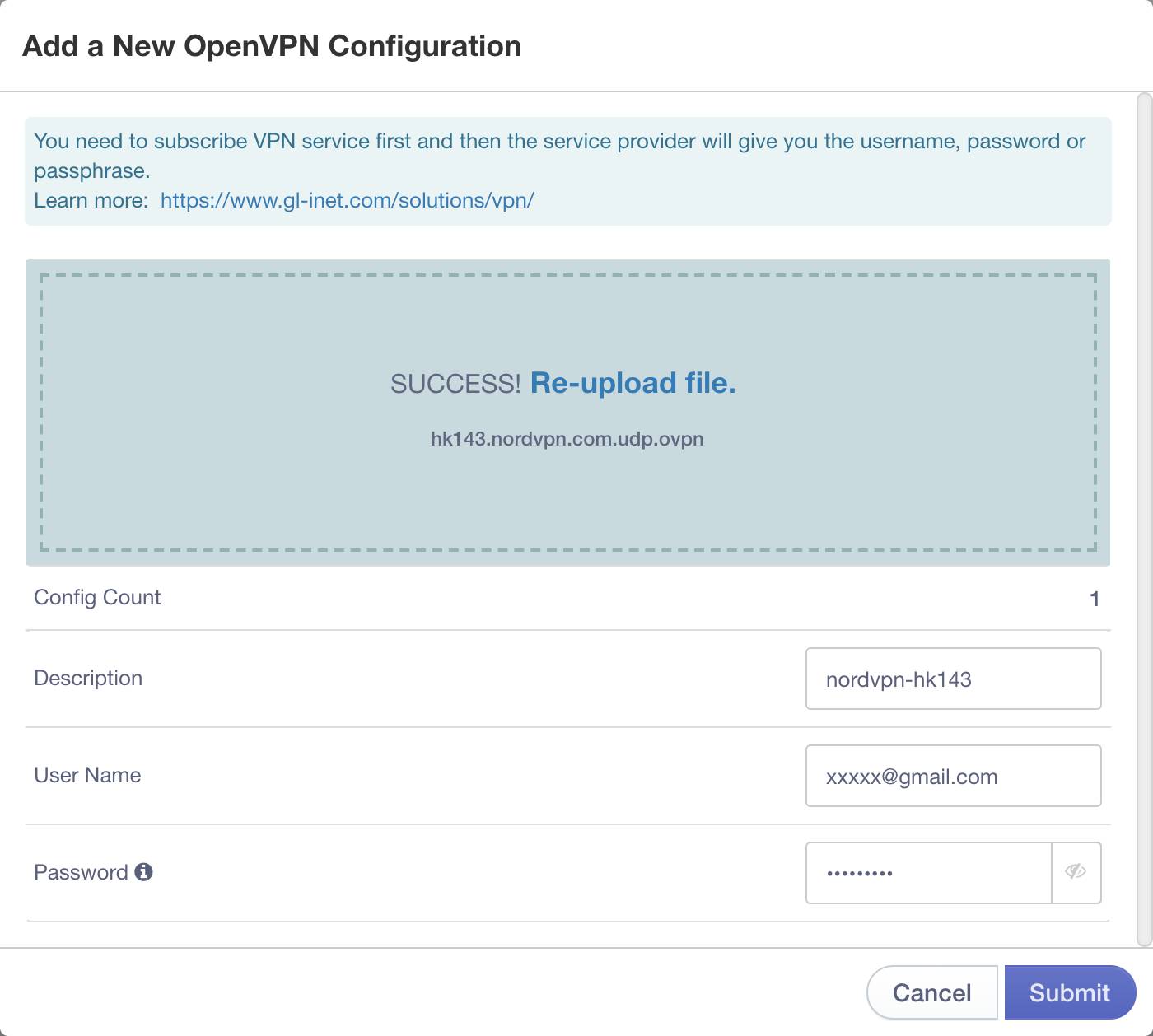
They can also detect and redirect requests from failed or overloaded servers to servers that haven’t reached capacity. Proxy servers distribute client requests across multiple servers to prevent overloading one server. They then serve cached data to clients instead of fetching content from the original server. Proxy servers store frequently accessed resources like web pages, images, and videos. In this case, proxies are like firewalls, enforcing compliance and internet censorship, preventing malware infection or phishing attacks, or restricting access to inappropriate or illegal content. You can use proxy servers to filter and block access to certain websites or web content. Here are some of the most common use cases of proxy servers: Proxies are powerful tools for managing or securing network traffic and improving performance. And those are not the only uses of proxy servers. Since a proxy server can be on the server side or a part of network infrastructure, the client can also be unaware of the intermediary proxy and assume it’s directly communicating with the requested address.įor example, your work network or internet service provider (ISP) can use a proxy server to filter or cache content or even track your activities without you even knowing about it. The most notable difference between a proxy and a VPN is that VPN also encrypts the traffic while proxy servers don’t. They also route traffic on your behalf, masking your identity. Proxy servers work in a similar way as virtual private network ( VPN) servers. The client sees the web content or uses the service as if it is connected to the destination server directly. Finally, the proxy server sends the (modified) response to the client.

For example, it can cache it for future use, filter it to remove unwanted content, or require authentication before the client can see it. The proxy server can make changes to the response.The destination server processes the request and responds to the proxy server.If it doesn’t, the proxy server may show the client an error message or redirect it to another server.If it does, the proxy server forwards the request to the destination server on the client’s behalf.The proxy server checks whether the client’s request follows predefined rules.Instead of directly contacting the destination server, the request goes to the proxy server first.The client (your device or web browser) requests web content or service from a destination server.Internet traffic flows through the proxy server on its way to the requested address, and the request then comes back through that same proxy server before you receive the requested data.


It acts on the client’s or web server’s behalf to receive and forward requests. The word “proxy” means “to act on behalf of another,” and that is precisely what a proxy server does.


 0 kommentar(er)
0 kommentar(er)
